The last few weeks at the Preserve have seemed extra chilly. Bundling up to stay warm while hiking is one way to prepare for your visit. Even though we are adding extra coats, the forest seems to have lost most of its layers. When hiking through the trails, the woods appear to be a monotonous, neutral tone of sticks, piles of leaves, and fallen trees. It deceptively looks like there is very little to break up the brown-ish, dead-ish landscape.
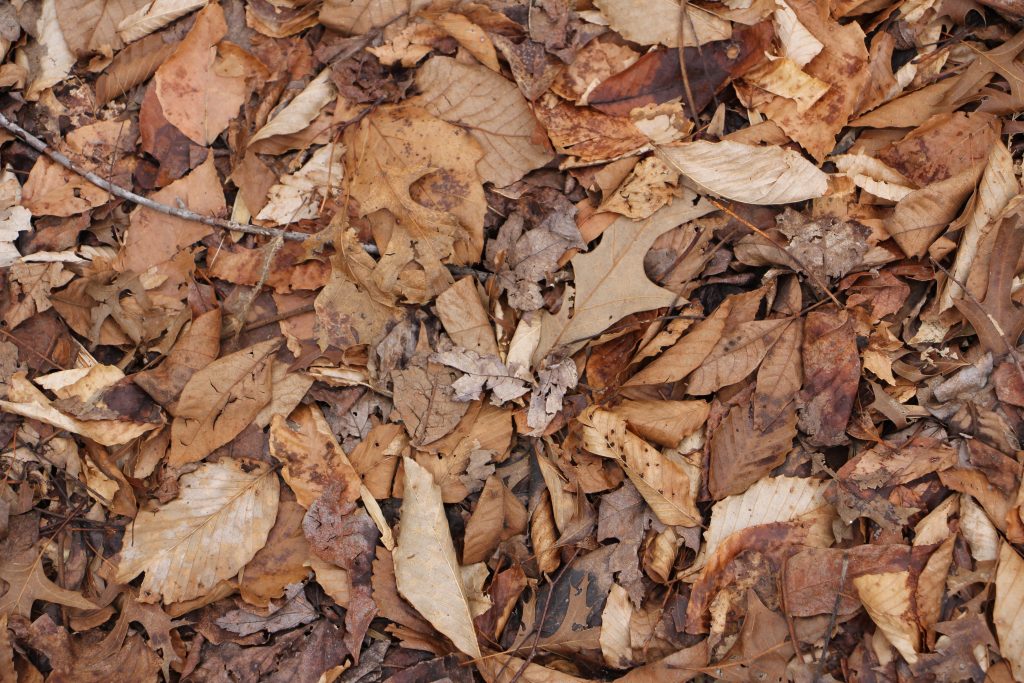
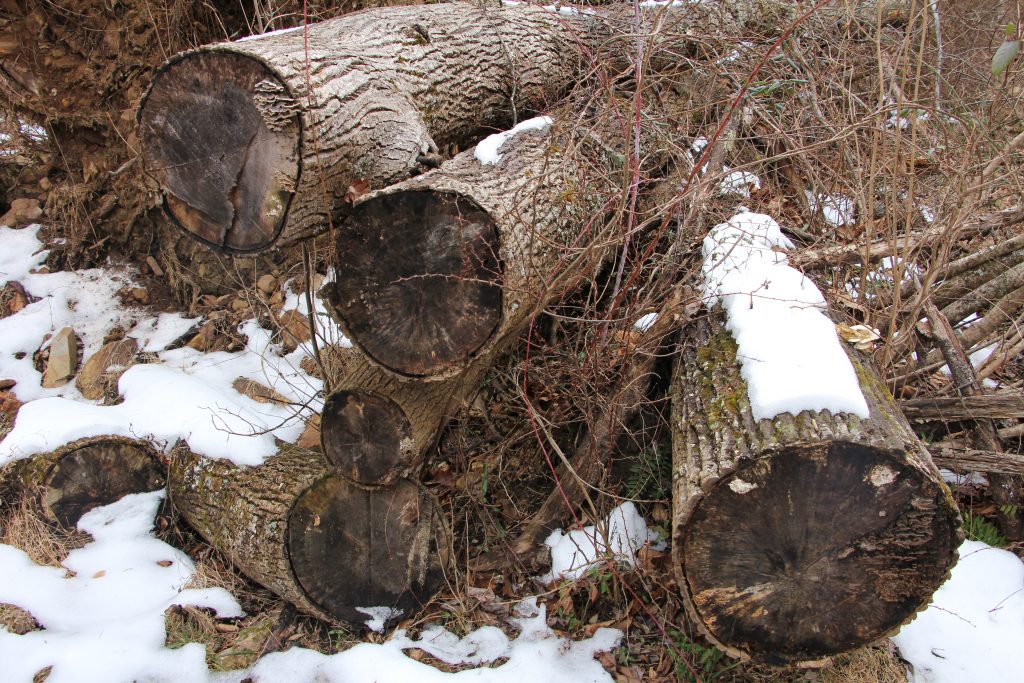
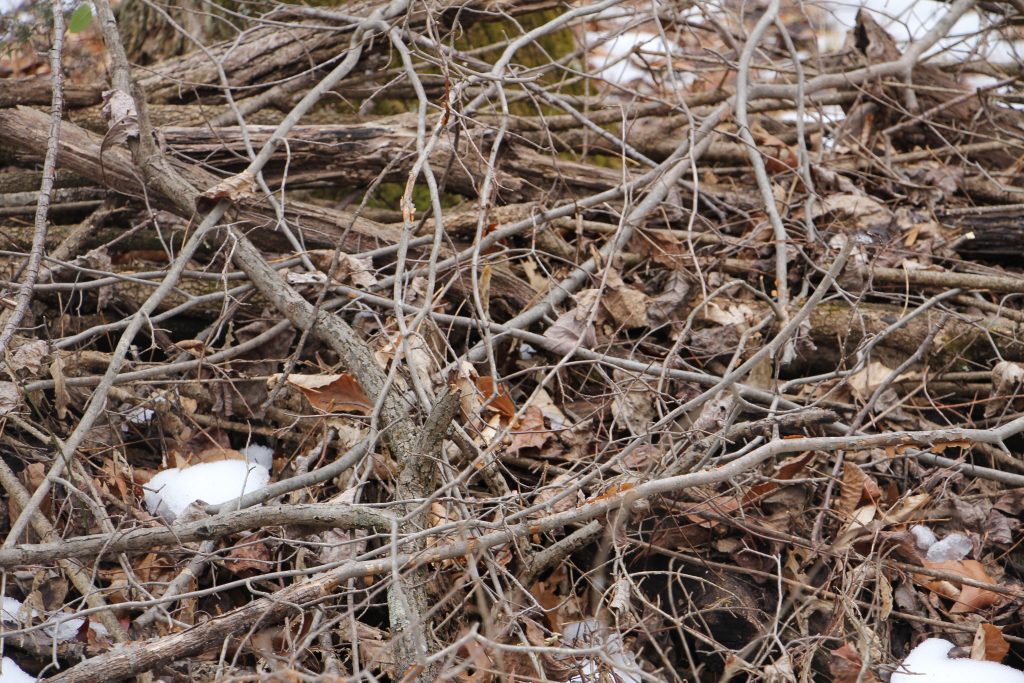
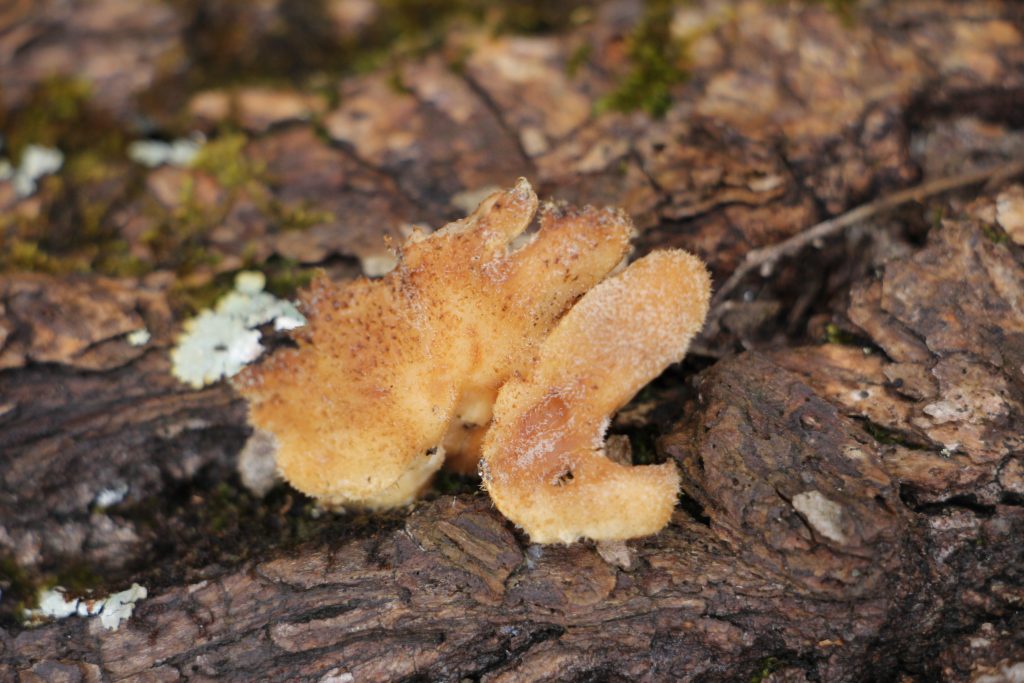
Images: Becky Conway
But the closer you look, the more nature may surprise you! In the following few weeks, journey with me as we discover more about the variety of colors and species that are actually easier to spot during winter. The Preserve iNaturalist project is also an excellent tool that will assist your species identification. Change your perspective from feeling drab to finding fab in the #sciencesaturday new winter spotlight species.
“This project is driven by all those curious individuals utilizing the iNaturalist application to learn more about the world around them, or those just wanting to share the extraordinary beauty that can be found along one’s journey through the woods. Every observation uploaded from the preserve allows us to better understand the biodiversity that is contained within this unique ecosystem, and what organisms you all find to be interesting enough to photograph.“
-Michael Carr,
VOF Research Associate and Volunteer

Image: Citizen scientist & visitor Susan Parent (iNat user @susanparent)
Our first species is Striped or Spotted Wintergreen (Chimaphila maculate). It is one of the few vivid greens you might encounter poking through the brown carpet of leaf litter this season. A member of the winter loving plants in the Chimaphila genus (Greek translation: chime = winter; phileo = to love), winter provides this species with a drastically lowered competition for sunlight. This means that the plant will soak up as many rays as it can during the winter and will store this energy for reproduction in the summer (when the forest floor receives much less sunlight due to the forests leafed out overstories and understories).

Image: Michael Carr VOF Research Associate & Volunteer (iNat user @mjwcarr)
If pollinators successfully visited, then the striped wintergreen will also have grown a tall fruit that looks like tiny brown/tan pumpkins! Although way too small to carve, these little capsules will eventually split at the seams for the seeds to be released.
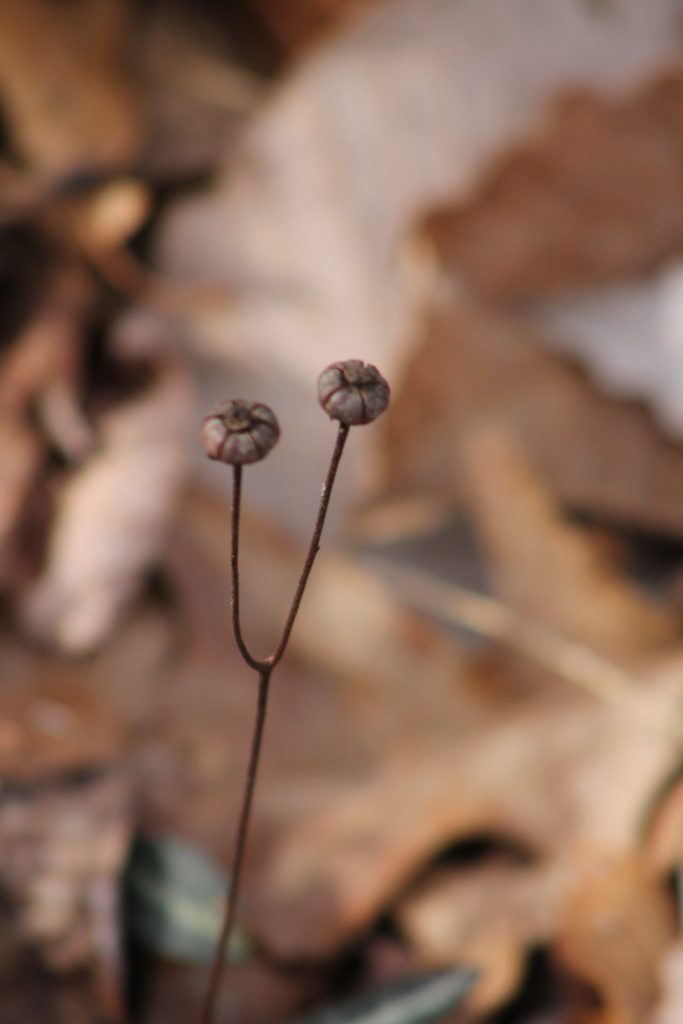
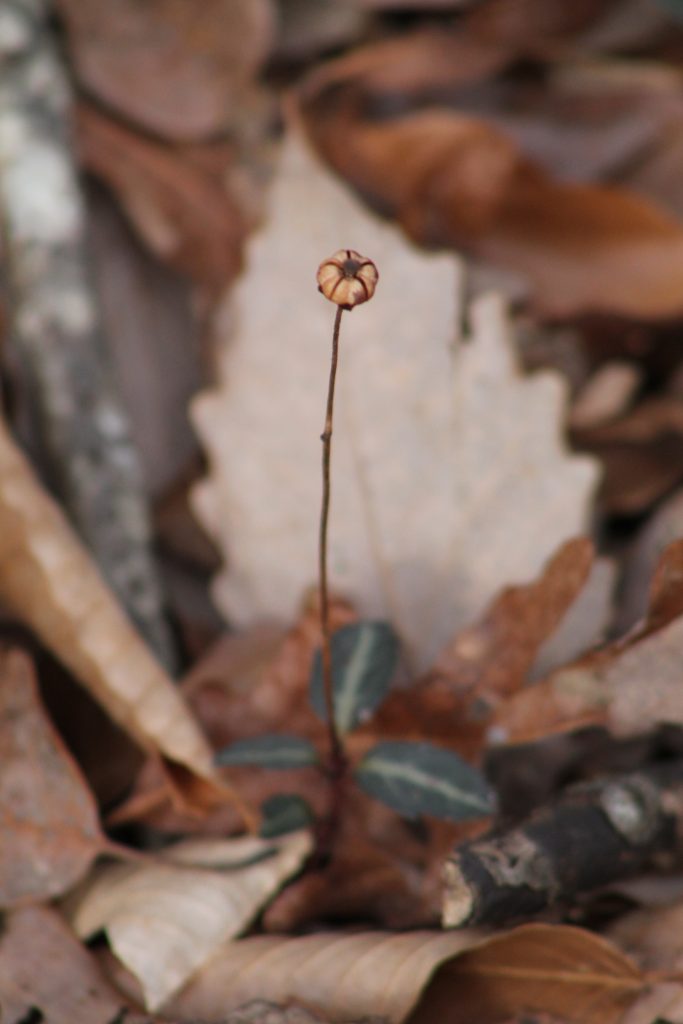
Images: Becky Conway
Often seen in rocky acidic soils, this waxy evergreen is unappetizing for the many white-tailed deer that live around the preserve. Keep your eyes peeled while out on your chilly hike this weekend and see if you can spot our first winter spotlight species! I found so many of these growing right along the edges of the Preserve trails on my last visit. If you take any pictures of them, make sure to upload them to our iNaturalist BRMNAP Project!
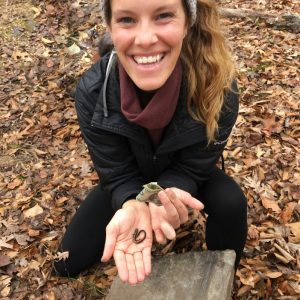
This was a great article! Can’t wait to search for these on my winter hikes!
Follow up: I hiked at the preserve today and was able to find many of these! Thank you for the help in identifying them!
That is so exciting, you have great beady-peepers!! I hope you were able to spot some with their little seed capsules, as those are my favorite to find!
Very interesting and lovely! What parts of Virginia are these found?
Deborah,
This plant is found all over Virginia in sandy, well-drained soils. It also grows along much of eastern North America (even up into Quebec) and down through Central America!
Leave a comment